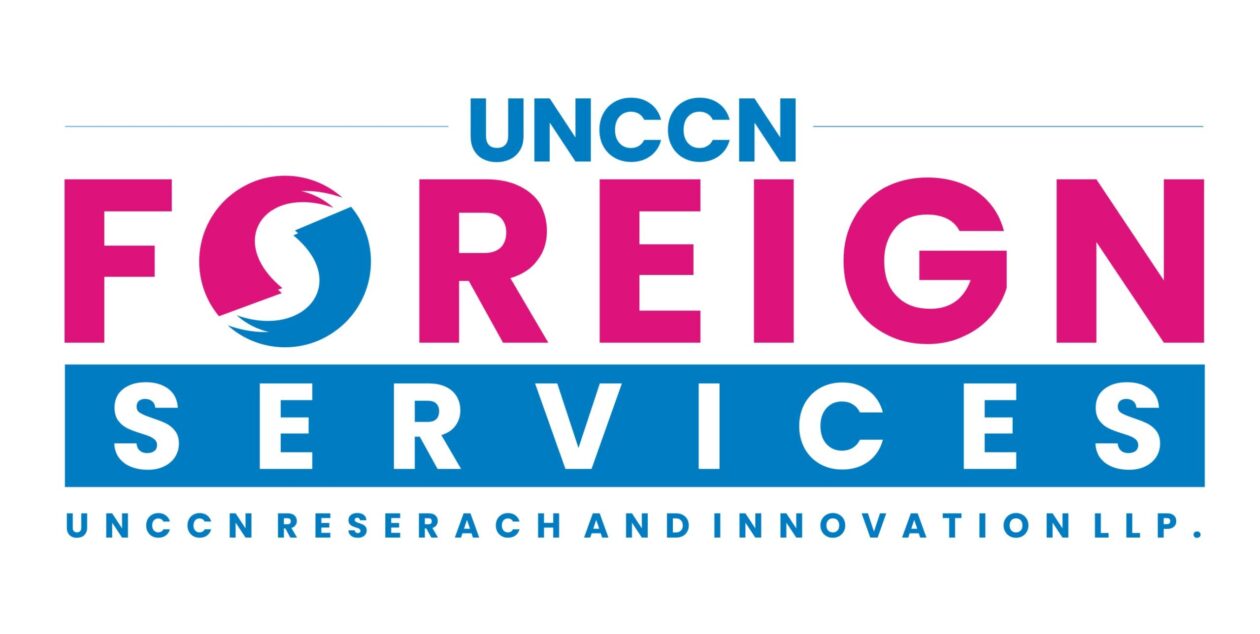Call – +91 8369064538
Structure of Education
-
- Pre-primary Education: This includes nursery and kindergarten education, although it is not compulsory. It is often provided by private institutions.
- Primary Education: Compulsory and free education for children aged 6 to 14 years is provided by the government under the Right to Education (RTE) Act. Primary education typically covers classes 1 to 5.
- Secondary Education: After completing primary education, students move on to secondary education, which covers classes 6 to 10. This stage is crucial, as it prepares students for higher education.
- Higher Secondary Education: After completing the 10th grade, students choose between different streams, including science, commerce, and humanities. This stage includes classes 11 and 12.
- Higher Education: After completing higher secondary education, students can pursue various courses at colleges and universities. India has a vast higher education system with a wide range of institutions, including central universities, state universities, private universities, and technical institutes like the Indian Institutes of Technology (IITs).
Examinations
-
- Board examinations are conducted at the 10th and 12th grades by various boards like CBSE (Central Board of Secondary Education), ICSE (Indian Certificate of Secondary Education), and state boards.
- Entrance exams are common for admission to higher education institutions, with exams like JEE (Joint Entrance Examination), NEET (National Eligibility cum Entrance Test), and others for engineering, medical, and other professional courses.
Challenges
-
- India faces various challenges in its education system, including disparities in quality and access, inadequate infrastructure, and a lack of skilled teachers.
- There is a need for educational reforms to make education more equitable, relevant, and skill-oriented.
